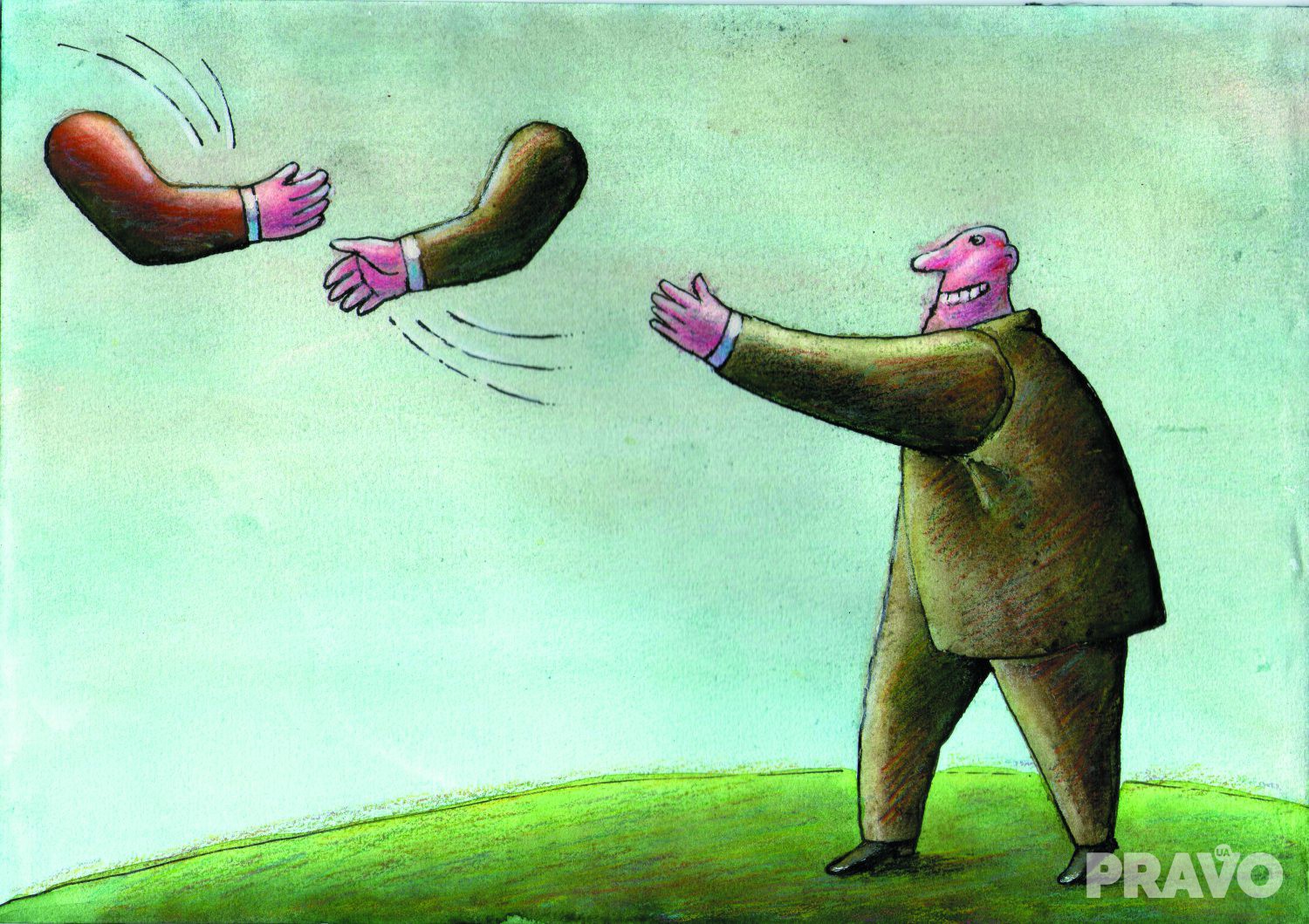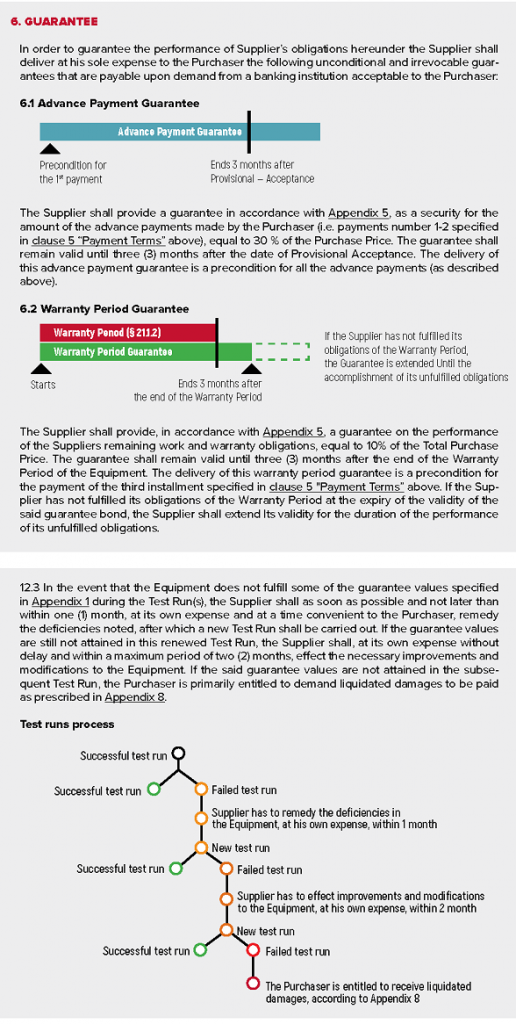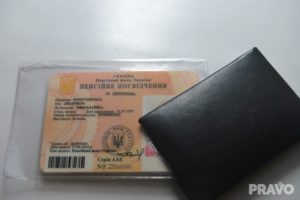


Contracts Design: How to Take the Next Step and Make your Contracts User-Friendly
- 18.10.2019 13:25

First there was a contract
We all have different relations with contracts: some of us love them, some have mixed experiences, while some may even hate them.
Needless to say, contracts are one of the most important things in life of any business and a successful operation often depends on agreements that were made.
For quite a long time I treated contracts as a formal and very serious routine with no place for any creativity that needs to be drafted according to the rules and per a step-by-step approach. But one day I looked at this whole process from a different angle and my engagement with contracts has changed. But the only limitation we, as lawyers, have in the drafting of contracts is our imagination and the desire to develop ourselves.
In 2019 we have a lot of opportunities to make contract work more efficient and client-oriented: starting from software that helps us to manage team work and manage contractual documents, sign documents and ending with courses and workshops, to sharpen our soft skills and business acumen.
We always did it that way
We all know that phrase and faced it at least once in our careers. If you hear it, be sure, you need to act in a new manner.
How do we typically draft contracts?
— The first thing is we receive a request to draft a contract. And sometimes we don’t even have all information needed for drafting.
— The second thing is we check information provided and confirm it (if needed).
— The third thing (and this is a big mistake we make), we open our templates/forms of contracts or previous contracts and simply change the client’s details, scope, etc. And we’re done. With the feeling of a well-done job, we send our freshly drafted contract back and move on to something more interesting.
If you don’t draft contracts like that — you are on the right path.
This entire process looks simple, boring and like something you want to get rid of as soon as possible.
Lawyers often focus on drafting enforceable contracts that maximise the rights of clients and minimise their risks. While these aspects are important, the parties make contracts to reach common business goals and benefits, not to go to court and gain compensation for the failure of the other party. Most of the time and money is being spent preparing for failure and disagreement, when the focus should be on succeeding together.
Drive changes
Traditionally, the focus in the drafting of contracts has been on the past and past failures, breaches, remedies and penalties. A proactive contract, vice versa, is crafted for the party’s benefits, especially for the people in charge of its implementation, not for a judge who is supposed to decide about the failures of parties. Instead of providing the most advantageous solution for one of the parties, in case of the failure of the other party, proactive contracting and documents seek to align and express the interests of both sides to create value for both.
In order to improve your work and effectiveness:
Firstly, put into question your effectiveness. You can always find a way to improve your effectiveness. I often use “5 Whys principle” and “The fishbone method” — by transforming my work into a problem and executing such Root cause analysis.
Secondly, use other the practices in spheres and ideas from your colleagues (modified to your needs). In-house counsels are using email inboxes to build up lists of contract review requests and calendars for keeping track of key dates. Today, legal teams use a Kanban board in Jira for task management to facilitate “agile” ways of working together, as well as create, assign, collaborate on and prioritise tasks, or use Slack for communications within a team.
When a commercial team needs a review from legal, they simply assign the task to a legal team member in Jira and attach a draft Word doc. This minimizes internal email tennis (keeping the internal client in their system of choice), fosters prioritisation and effortless task management.
Here are areas of drafting that are overlooked by lawyers:
Invest in your relations
It’s the first thing you need to focus on as it starts before any engagement. You must have strong and healthy relations with your client. Start from you main stakeholders and clients at first. Believe me, this is an area where you can get the biggest gain for negotiations and contract drafting. For example, implement an emoji-filled, ‘human-ish’ signing success message. Despite its playful nature it is a great investment in your client’s relations and in the positive perception of your contract.
Work with data
Make it a rule: you need to have an exhaustive and full set of documents and data to start drafting. If you have any issues and questions, clear them up beforehand. Don’t make assumptions and don’t be afraid to look amateur or inexperienced.
The easiest way to clear up issues is to use a simple construction ‘Am I right’. Am I right in my understanding that…?
One more thing to add: set clear timelines for data/documents provision, control them and be ready to escalate this issue to a higher level, if needed. At the end of the day, you will be responsible for any delay.
Purpose of the contract
It’s not sufficient to just have all the data and documents, you need to understand which benefits each party receives and, most importantly, what were their initial intentions were before negotiations. It’s well-known that the approach “I win and nothing else matters” is counterproductive and in the long run, won’t create any benefit. You need to understand the real intentions for conclusion of a contract. It’s not good enough to just be aware of them — stick to them and put them into your document.
“Every contract is a totally new deal” approach
If you want to raise the bar, to be upfront, you need to get out of your comfort zone and start drafting individual contracts. Researchers confirmed that if you’re not out of your comfort zone then you’re not learning, while stability shuts down your brain’s learning centres.
Life goes on, best practices modify and develop rapidly. Treat every contract as a brand new deal, with opportunities for improvements.
Some say ‘best is the enemy of the good’ but do we really want to limit ourselves?
Did you know that Steph Curry didn’t sign a huge deal for the signature shoe Nike, because at a presentation he was shown a file that contained Kevin Durant’s details?
There’s always the human factor risk — make sure your documents are personal and individual.
Simplify: contracts are not just for lawyers
One of the biggest problems that lawyers have (based on large volume of business feedback) — our tendency to complicate. Let’s face it, we do like fancy words and sentences. Our great error is buying into the idea of contracts written by lawyers for lawyers. As lawyers we are trained to write them in a special, mysterious language we studied so hard. The delicate mysteries of our contracts can only be properly understood and interpreted by another keeper of mysteries (another lawyer), while the true end reader of the contract is forgotten about.
Business needs usable contracts, where it is obvious what the contract requires them to do, where, and when, with a user-friendly structure and formatting. They will rather have a working and mutually beneficial contract than a fancy one written using a Thesaurus.
Our lawyers’ eyes might see a contract as legally perfect (often lawyers treat drafted contracts as their child — that’s why it’s so hard to accept remarks or amendments to them), built on such nuances and sophisticated language to be a “work of art”. But if a business is tricked by dense jargon and complexity, the contract is failing in its primary duty. This is not “the smartest lawyer in the room contest”. What’s the purpose of drafting a complex sentence that no-one will know how to read and use?
US Senator Elizabeth Warren, an expert on debt collection and consumer protection law, Professor of Law at Harvard Law, once declared “I teach contract law at Harvard Law School and I can’t understand my credit card contract. It’s not designed to be read”.
Know you goal and the true interests of your parties.
Be proactive
We just need to forget about the concept that a lawyer is a person, sitting in his own office, everyone is afraid of, who throw a monkey wrench into projects and kill all cool ideas. Become a friend to your client.
Make it a rule: if you deny/reject something — propose an alternative, propose your vision. Trust me, such an approach will serve you well.
We need to see contracts as business enablers: in addition to minimising problems and risks, stay focused on enabling success and enhancing opportunities.
Despite obvious cons (complexity and big endeavours required) it has undeniable benefits:
— you have a healthy relationship with a client, with visibility of care.
— you have a truly individual contract (not “reworked template”).
— the contract will be used within cooperation and help to resolve any issue easily.
— by having healthy and respectful relations you minimize the intention to fight till the bitter end and to go to court.
Visualization. Is it at all legal?
To simplify and make your contracts easy going (apart from plain language, use of short sentences and elimination of pointless clauses) you can use contract design and visualization. It’s a phenomenal approach that enables the creation of legal documents that are easy to understand, business efficient and engaging.
Contract visualisation is an emerging stream of research and practice. Its applications can be divided in the following manner:
1) visualisation in contracts
refers to inserting images, such as icons, flowcharts, matrices, or timelines to highlight, clarify and explain the content.
2) visualisation about contracts
refers to using images so as to provide guidance on how to read and use a contract.
Visuals increase the desire to read content by 80% (while 93% of all communications — visual), while our brain processes visuals 60,000 times faster than text. So why not to use such opportunity?
How can visualization be incorporated into contracts? The answer depends heavily on the specific contract you are working on as well as the audience for the contract. Ask yourself:
Who is going to read and use this contract? What is their proficiency level (namely, with legal terms)? Do they speak different languages?
How is this contract going to be used? What is this contract being drafted for? What will the parties get out of relationships?
You can use different types of visualizations in your contract: from icons that can represent some key elements to flowcharts to explain how the goods will be delivered. These are some of the most common types of visualizations:
— Diagrams (Swimlane diagram).
— Charts (very convenient for displaying timelines).
— Infographics.
— Lists.
— Icons.
At first, visual elements in contracts might seem gimmicky, even immature. But this isn’t just a new trend — it comes with multiple benefits that will make your contract more readable and more efficient:
— Reach across language barriers. One of the benefits of using images and illustrations in contracts — they make it easier to break the language barrier. One study that was carried out showed that visual contracts can help non-native speakers to understand a contract as accurately as native speakers.
— Clarify complex issues. In some cases, a complex issue that is difficult to put into words can be illustrated quite easily: multiple actions and consequences can be easy to follow when converted into a flow chart.
People can follow instructions 323% better when visuals are used! And recall 65% of visual content seen three days later.
— Reach visual thinkers. People learn in different ways: some learn best by reading, while others through images (65% of people are visual learners) or listening. By inserting images, you are reaching more types of learners and ensuring that everyone has a better understanding of a contract.
— Bypass the legalese. It is necessary for contracts to contain essential terms and legal definitions. While some features must be preserved to protect your company, they can also crowd the document and obscure crucial conditions. An image or illustration can easily highlight the main points.
— Transform contracts into useful tools. One of the goals of improving a contract is to turn it from a dense paperweight (thrown into a drawer) into a working document, helping companies to understand and reach their goals together.
A design approach would help us to structure contracts according to the needs of the end-user, rather than just follow the order set out by legislation. What would happen if things go wrong still remains a key issue, but it should not be a stumbling block, while ensuring legal safety does not imply contracts should be “user adverse”.
Here are examples of contract visualisation.
I like how it sounds. What else can we do?
The lack of contract visibility remains a top challenge for large companies because due to the extensive volume of deals, a huge number of contracts are just stored in Outlook inboxes, local shared folders or elsewhere. When issues arise requiring contract review they are difficult to find, while sometimes clients don’t even know where all their contracts are. The solution for this can be dedicated cloud-based contract management software. Here, companies can place all their contracts on a single platform for global visibility and once the contracts are digitized and uploaded, they can be easily reached and used for greater convenience and analysis. This means users can access any contract anywhere in the world at any time, improving business outcomes.
Legal issues (risks, language and content) are only one piece of the transactional puzzle, there’s deal-specific information, roles descriptions and details that come from the business and other teams.
If a contract stays written by and for lawyers misunderstandings on the part of non-legal users are inevitable. The end-goal of this process isn’t fancier contracting but successful business deals and relationships. That means we need to focus away from the past, cost minimization, winning in court and positioning lawyers as fighters, but rather to start focusing on the future, new opportunities, the needs of business users and the avoidance of disputes or litigation. Become a lawyer in the form of an advisor, planner and problem solver.
Vitalii Kacherovskyi
is a contract management lead at Capgemini Polska






СВІЖИЙ ВИПУСК
ВИДАННЯ
© Юридична практика, 1997-2024. Всі права захищені


 Видавництво
Видавництво 










